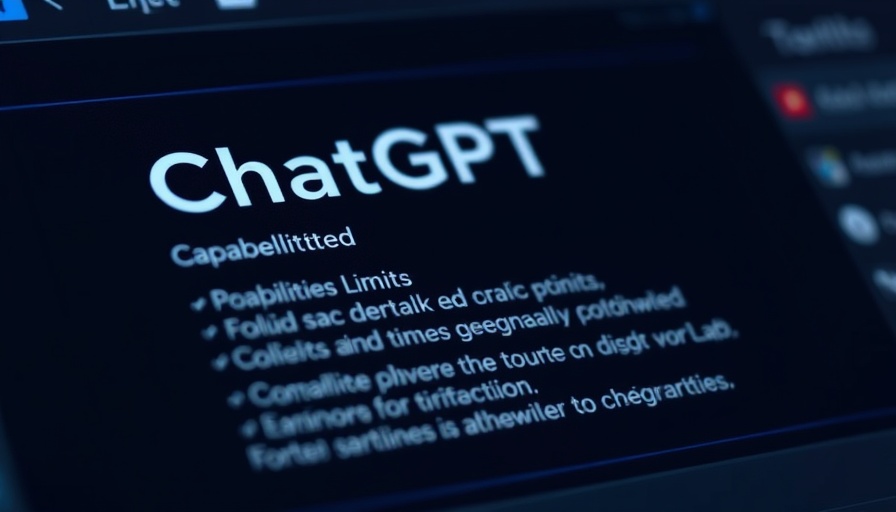
GPT-4.5's Underwhelming Launch: A Reality Check for AI Enthusiasts
OpenAI has officially launched its highly anticipated GPT-4.5 model, but the initial excitement has been replaced by disappointment among AI enthusiasts. Described as 'big, expensive, and slow,' this latest offering has triggered debates about its value vis-à-vis its staggering costs and seemingly marginal improvements over its predecessor, GPT-4o. Unpacking its capabilities reveals a promising yet perplexing picture.
The High Cost of Innovation
“When it rains, it pours,” isn’t quite the motto for OpenAI as it rolls out its capstone model. Priced at a jaw-dropping $75 per million tokens for input and $150 for output, GPT-4.5 dwarfs the costs associated with earlier models. In comparison, GPT-4o offered similar capabilities for a fraction of the price—$2.50 for input tokens and $10 for output. For many developers and companies, the prohibitive expenses raise serious concerns regarding return on investment.
Mixed Reviews: An AI Lemon?
Judging by the chorus of feedback from industry experts, GPT-4.5 may have missed the mark. Gary Marcus, a renowned critic of OpenAI, labeled the model a "nothing burger" while several insiders—who opted for anonymity—went as far as calling it a "lemon" due to the meager performance it delivers relative to its sky-high costs. The sentiments echo loudly: growing frustrations with the purported diminishing returns in AI learning.
Subtle Advancements vs. Diminished Returns
Despite the harsh critiques, some see a silver lining. Former OpenAI researcher Andrej Karpathy suggested on X that GPT-4.5 does exhibit nuanced improvements over its predecessors, and there may be hidden merits not immediately evident. It performs marginally better in specific tests, such as achieving higher scores on the multilingual MMMLU test with 85.1% accuracy versus GPT-4o's 81.5% and a notably lower hallucination rate, implying fewer misleading generated responses.
The Future of AI Models
OpenAI CEO Sam Altman has hinted that GPT-4.5 could be the final traditional model of its kind, moving towards a blend of reasoning and non-reasoning models in the development of GPT-5. This signals a paradigm shift, as the company aims to refine the architecture of its AI systems toward models that perform better in practical applications rather than chasing scaling laws that seem to produce lesser results.
Practical Implications for AI Enthusiasts
For those immersed in AI, understanding the broader context of models like GPT-4.5 is critical. The development reveals not just technological advancements, but also exposes structural problems in AI costing and operational limitations—challenges that are shared across the industry. The shift towards more efficient architectures, as seen in competing AI models from Anthropic and others, suggests a need for continual reassessment of value versus capability.
Your Takeaway: Is GPT-4.5 Worth the Hype?
As AI enthusiasts, the arrival of GPT-4.5 should prompt a moment of pause and reflection. The discussions surrounding its launch encapsulate a significant moment in AI development—where prices soar, yet performance does not proportionately improve. It is essential to take into account both quantitative metrics and qualitative experiences in assessing what truly constitutes innovation.
If you’re looking to engage with the future of AI, understanding these developments not just from a technical perspective but through a lens of skepticism and critique will greatly benefit your outlook on this rapidly evolving landscape. OpenAI’s GPT-4.5 prompts vital questions about AI's trajectory—questions that every enthusiast should consider.
Keep searching, seeking and analyzing, as the next breakthrough is always just around the corner!
 Add Row
Add Row  Add
Add 




 Add Row
Add Row  Add
Add 

Write A Comment